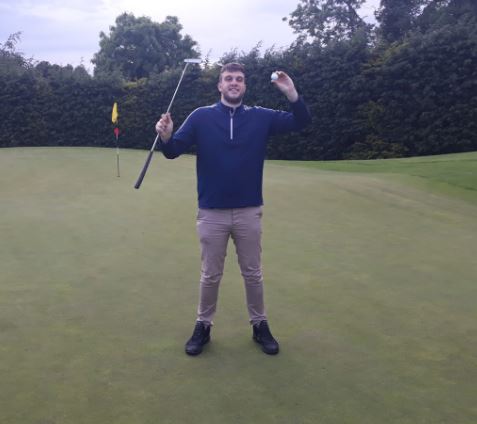What Is Lie Angle In Golf Clubs And Why Is It Important?
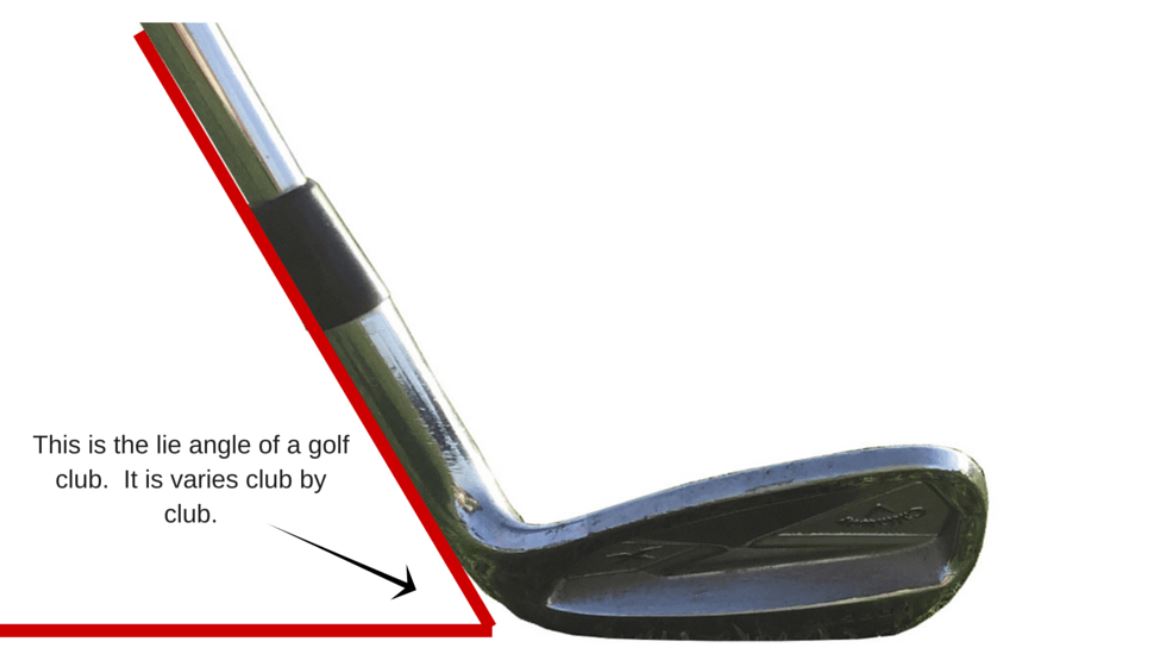
Your lie angle of your clubs can directly impact your distance, accuracy, shot shape and consistency. I believe lie angles are the most overlooked aspect of your golf clubs.
Too often people think of changing their shaft or heads, whereas if they just focus on their lie angles, their games would improve tremendously. All clubs have lie angles even your Putter and Driver, these are sometimes overlooked.
Your Irons and Wedges are the most important as they interact with the ground, it is incredibly important for your clubs to go through the turf square.
What Exactly Is Lie Angle?

Lie angle is the angle between the shaft and the ground when the club is measured in normal playing position with the center of the sole touching the ground.
How does that affect you? Well, you want your club to go through the turf square to the ground, in other words you don’t want the toe or the heel of the club to make contact with the ground.
Each club is a different length, so each club will have a different lie angle.
How Does It Affect Your Shots?
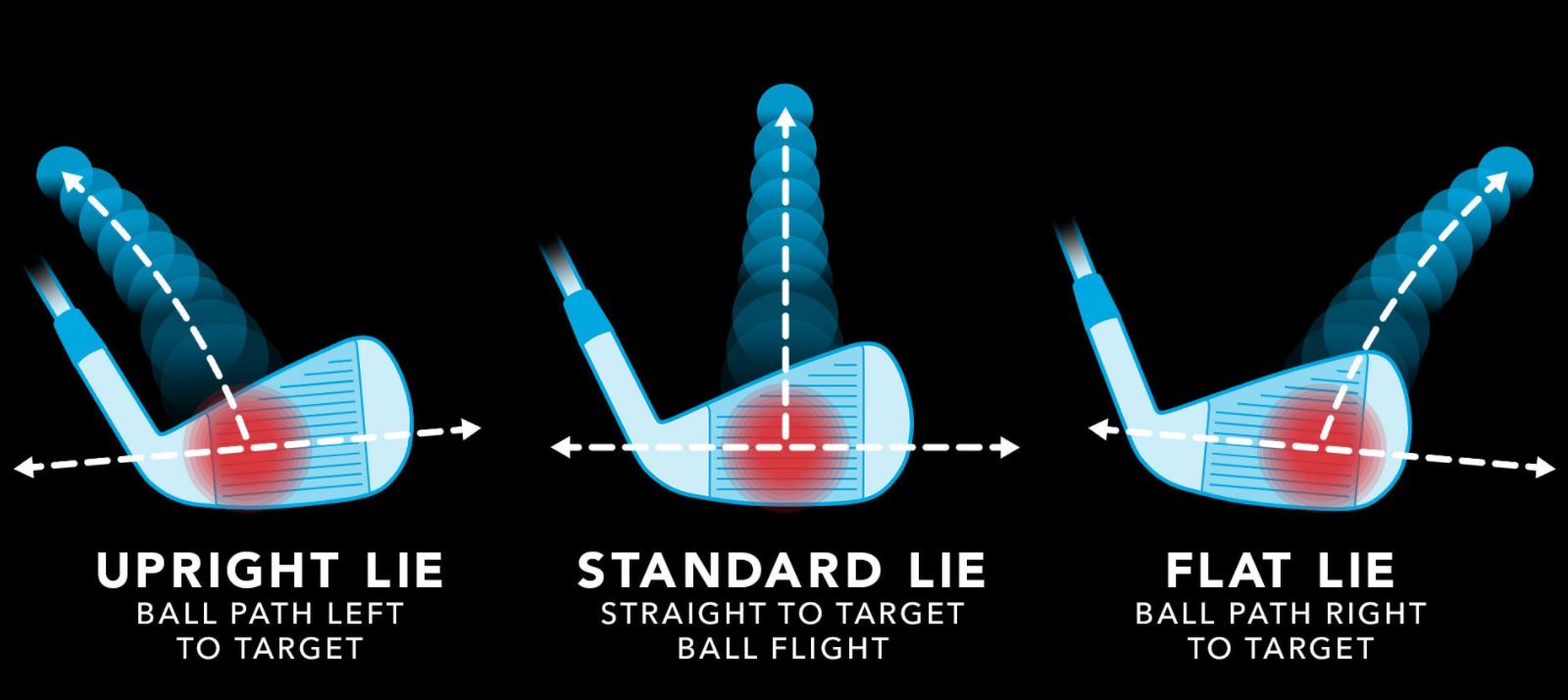
If your lie angles are too flat, the toe of the club will be down at impact, making contact with the ground, this will open the face and cause the ball to start slightly right and have a fading shape.
The opposite for if your lie angles are too upright, the heel will dig into the ground, causing the face to close starting the ball left, and have a hooking shape.
Not only will it affect your shape and start direction, but it will affect your consistency, because the ball is being struck toward the toe or heel it is off centre, this will cause the ball speed to drop, the ball will then lose distance.
TIP: If you are struggling with a fade, have your lie angle bent upright, and opposite for if you are hooking the ball, have your lie angles bent flatter. This will help straighten out your shot.
What Lie Angle Should My Irons Be?
Your lie angle will match your swing. Each set of clubs has a standard lie angle, depending on how you deliver the club at impact will determine what lie angle you should have.
How Do You Find The Lie Angle Of Your Clubs?
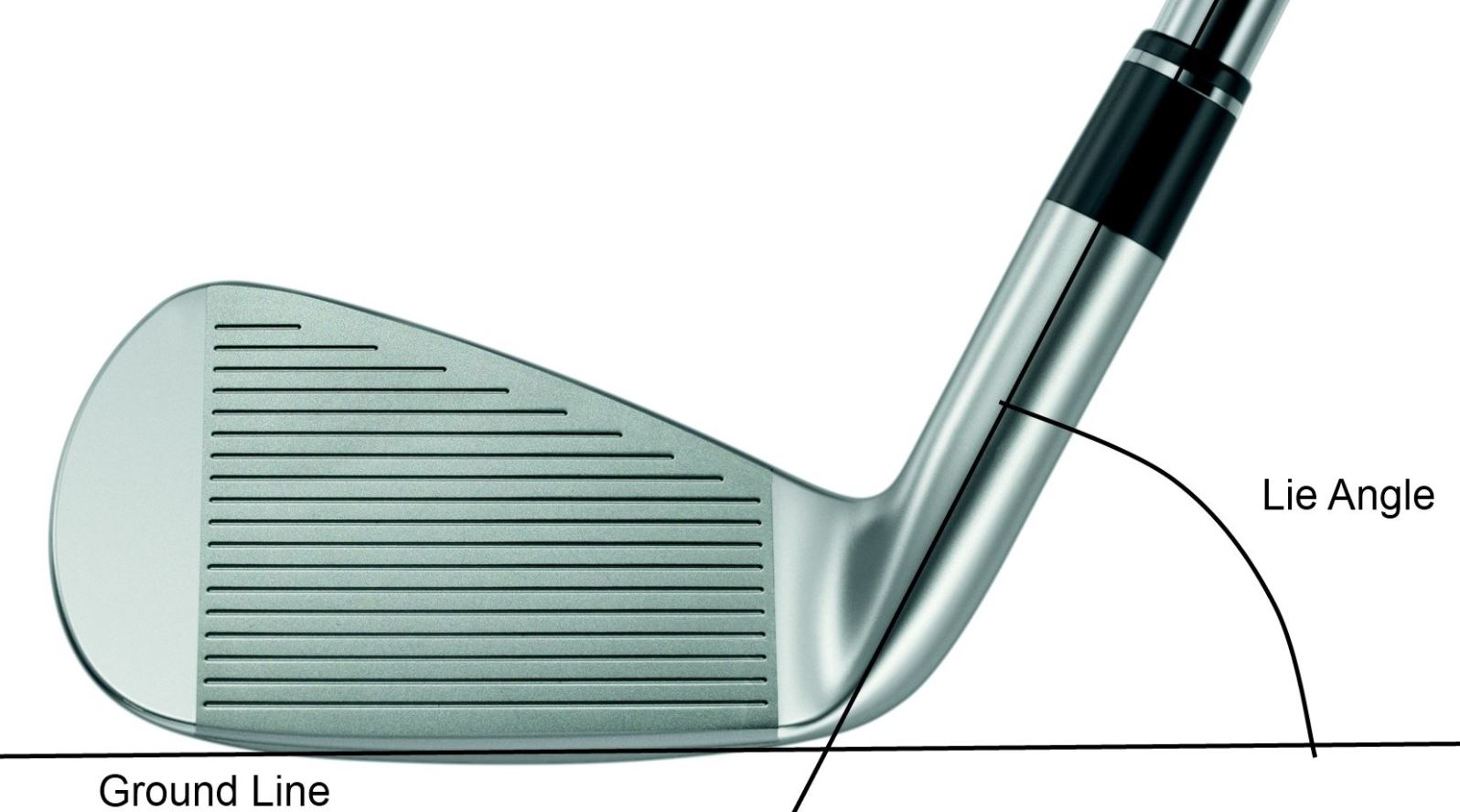
There are a few ways to find out what lie angles you should have.
The first is with a launch monitor, some launch monitors can track your club’s position at impact, one of the perimeters it tracks will be your club’s lie angle. Usually this will be done at a club fitting or a certified fitting facility.
The second way would also be with a fitter, they will use something called a lie board. You will place a ball on a board, and have a sticker placed on the sole of your club, when you hit a shot the club will make impact with the board, making a mark on the sticker. The mark on the sticker will indicate if your lie angle should be adjusted.
The third way you can test by yourself, take a golf ball and draw a thick line on it with a permanent marker, place the ball on the ground with the line in a vertical position, make sure the line is facing the target, so when you make contact with the ball it will leave a mark on the club.
Once you have hit the ball, if the line is facing to the left your lie angles are too flat, and if the line is facing to the right your lie angles are too upright. This is the easiest way to check your lie angles.
Can Lie Angle Be Adjusted In Irons?
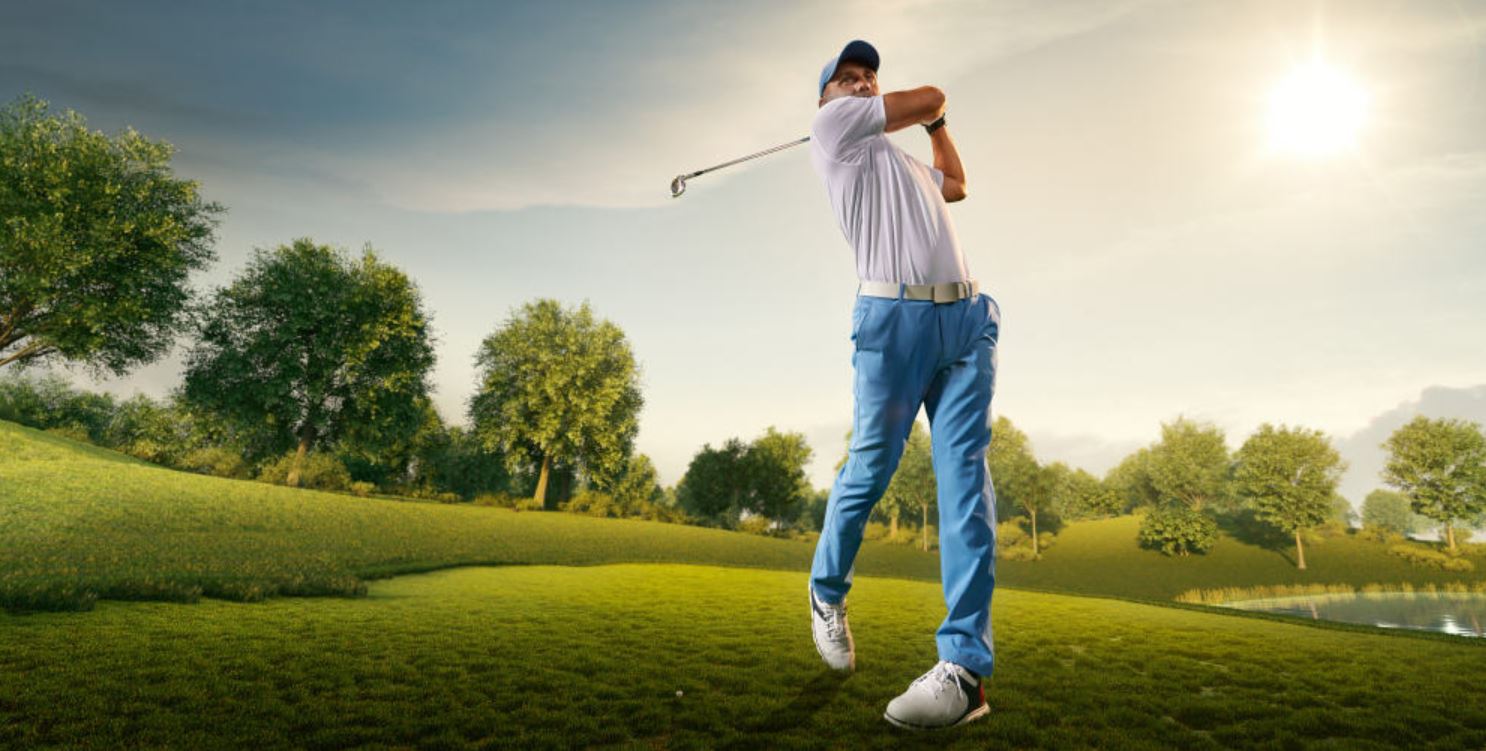
Yes they can, however some clubs are harder to bend than others.
Cast Irons
Irons that are made from cast steel are harder to bend, the molding process doesn’t allow much movement of the material.
You are only able to bend the irons by 1 or 2 degrees, but be careful sometimes trying to bend the iron will cause it to break.
Forged Irons
On the other hand forged irons aren’t made from a mold, and rather forged into position from a press.
This allows you to bend the clubs much easier. You can bend the clubs much more compared to cast irons, with no worry about them breaking.
Can You Do It Yourself?
No, you need a bend machine to bend clubs.
This is a specially designed device that holds the club tightly in place for you to adjust lie angles and loft.
Should Wedge Lie Match Irons?
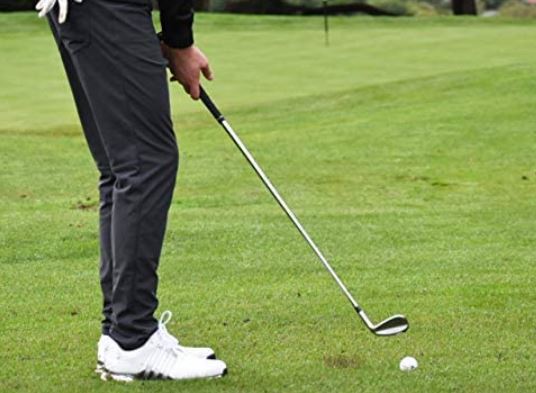
Not necessarily, again it comes down to how you deliver the club into the ball. For example, I have all my irons upright, but I have my wedges flat.
I tend to dig the heel into the ground when I chip, so I have the lie angles bent flatter, this prevents the club from digging in, and allows for better contact and spin.
TIP: Check the bottom of your wedge, this only works for wedges that have been used, you’ll be able to see the wear on the wedge, if it is towards the heel, you need to bend your wedge flatter, and if it is towards the toe, you need to bend it more upright.
Does Lengthening A Golf Club Change The Lie Angle?
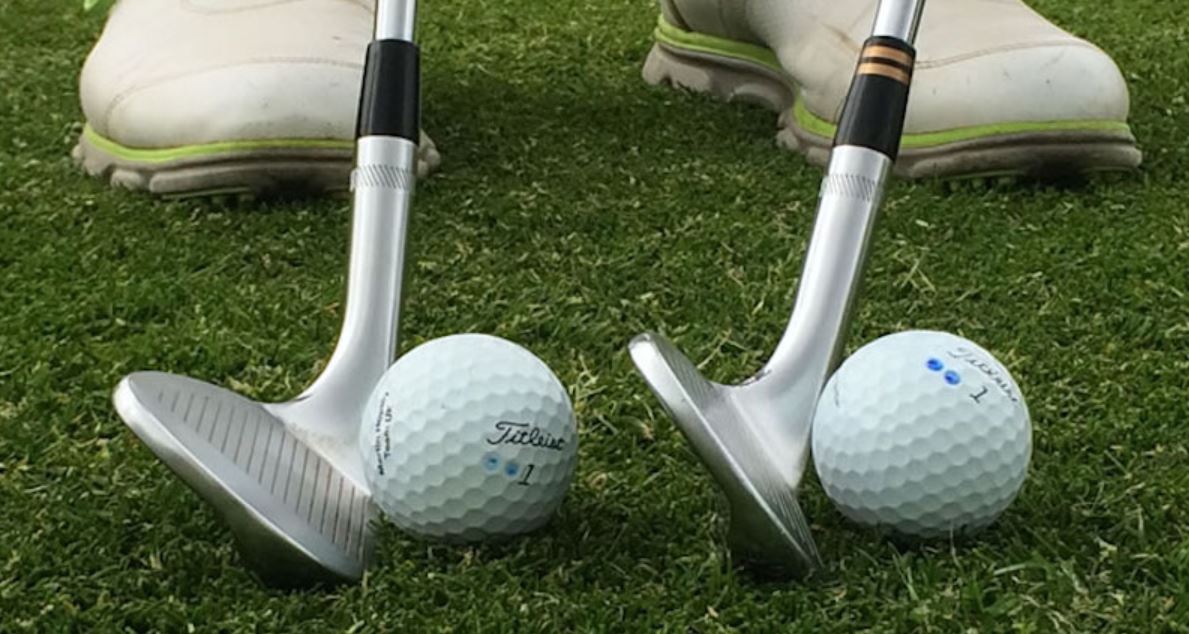
This is an interesting one, as it doesn’t affect the actual lie angle on the club, but when you lengthen the club the will make the toe sit slightly more up at address position, making the club more upright, and if you shorten the club it will make the toe sit slightly down at address position, making the club flatter.
You have to take this into account when you are changing the length of your clubs, as you might need to change the lie angles just because you have changed the length.
Does Adjusting Loft Affect Lie Angle?
Changing the loft of your clubs does not change the lie angles, the only thing the club fitter/builder needs to be aware of, is when you are bending loft or lie angles you can easily adjust the other without realizing.
When adjusting the loft or lie, it’s best to check both to make sure everything is correct.
What Is The Standard Lie Angle For A 7 Iron?
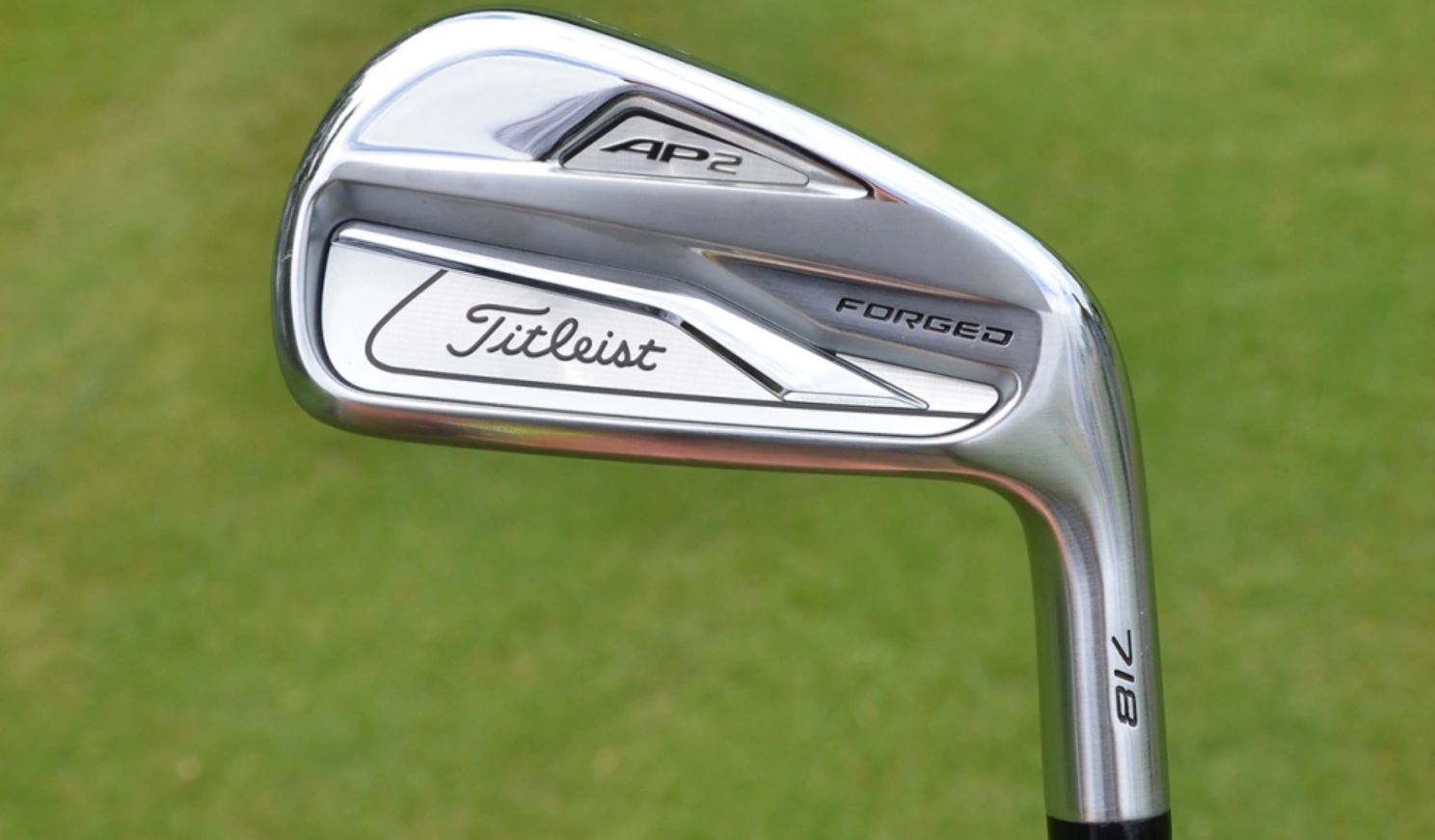
Most golf club manufacturers 7 iron lie angles are 62.5 degrees.
This may vary from model to model depending on the length. Like I mentioned previously, in a standard set the lie angles need to match the length of the clubs.
What Lie Angles Do PGA Pros Use?
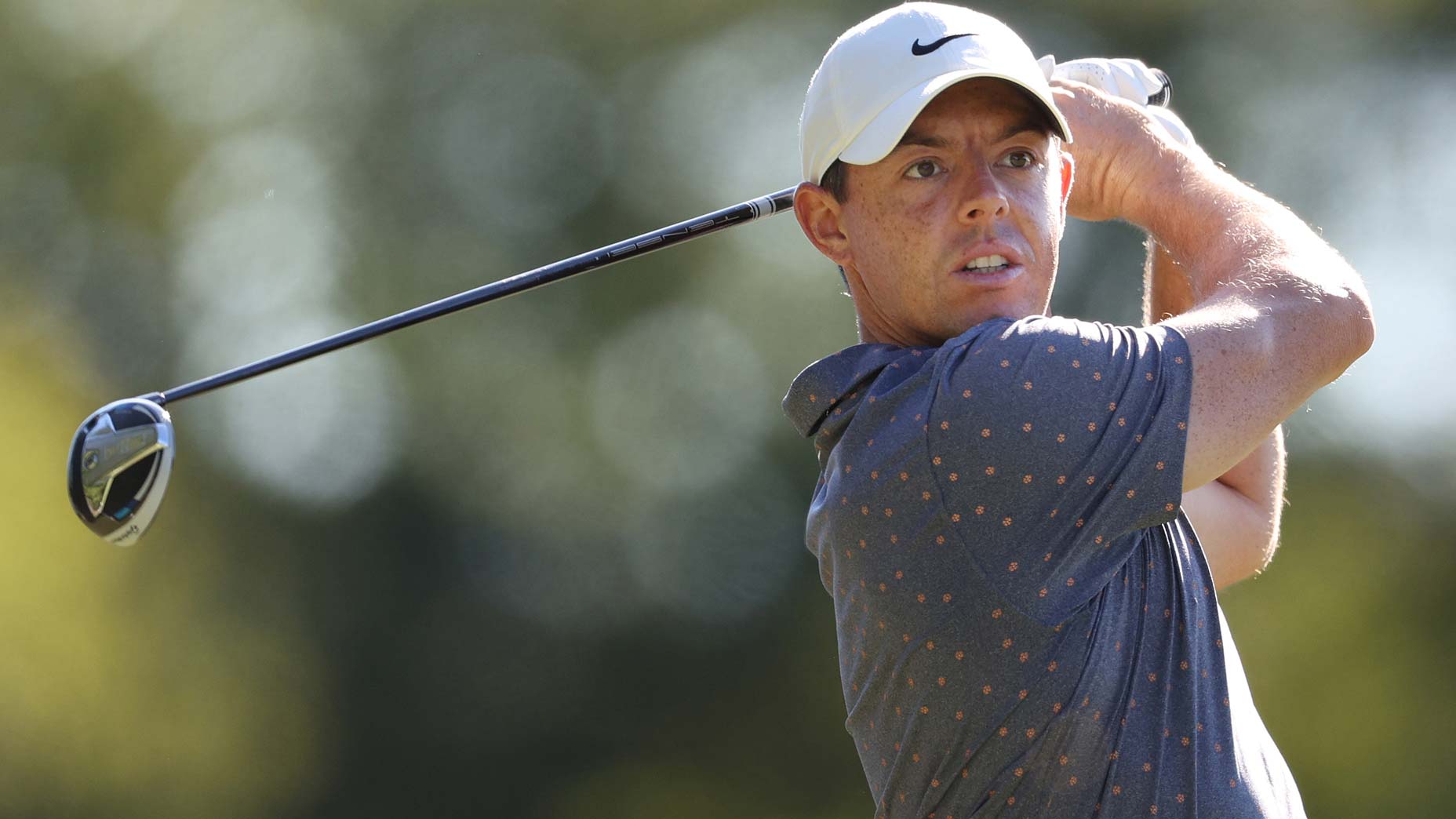
Most amateurs measure their lie angles by just measuring their 7 iron and then make the rest of the set the same.
Pros measure their lie angles individually, they might have their wedges flat, short irons standard and long irons upright. It all depends on how they deliver each club to the ball.
I recommend that you test each club, and don’t be afraid to have your shorter irons different to your wedges or long irons.
Most amateurs should have their longer irons more upright than their shorter irons, as it is harder to square the club face up with the longer irons, the slightly more upright lie angle will help with this.
Bryson DeChambeau Lie Angle Irons
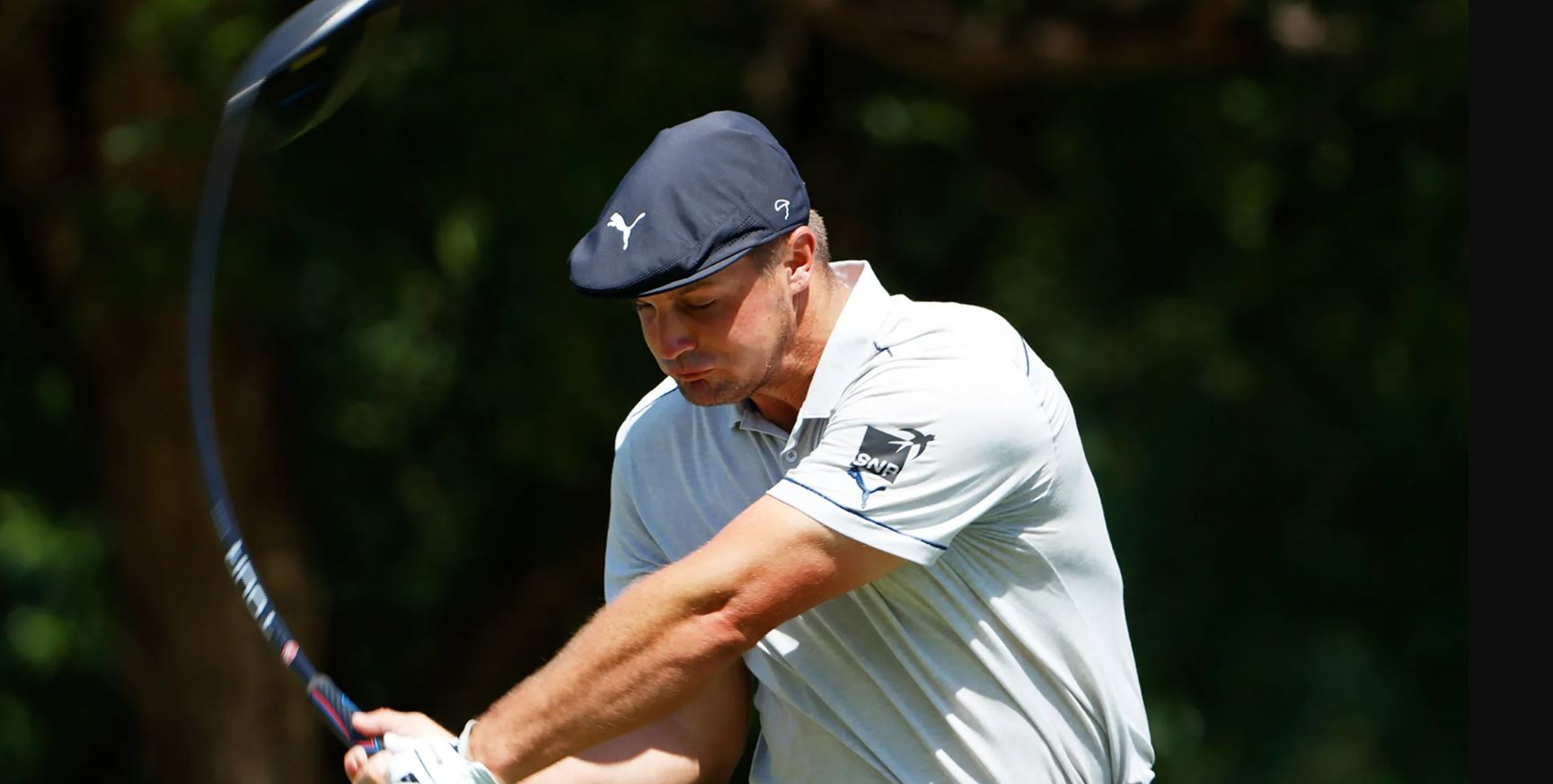
Bryson DeChanbeau’s clubs are all 37½ inches long, the length of a standard 6-iron, all his lie angles are a ridiculous 72 degrees that is 10 degrees more upright than standard.
Why does he do this? Well if you had to see his swing you would understand why. All his clubs are the same length, meaning all his lie angles will be the same.
The way he delivers the club at impact requires him to have a lie angle of 72 degrees, the reason why he has all his clubs one length is a whole other article.
Conclusion
Lie angles form a crucial part of your equipment, with the wrong lie angles, you are really hindering your ability to hit good consistent shots.
If you are buying new equipment it’s important to have your lie angles checked, if you have never had your lie angles checked, I really suggest you do.
You can check them by yourself with the permanent marker method, or have a certified fitter do it for you.
Remember all your clubs can have slightly different lie angles, or more specifically your wedges, short irons and long irons, and if you are struggling with a hook or slice bending the lie angles accordingly will certainly help.

